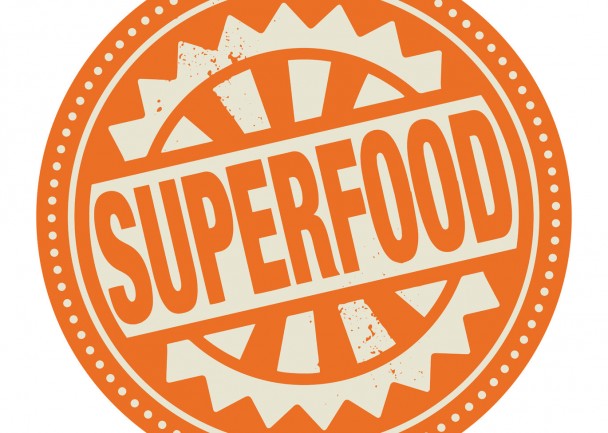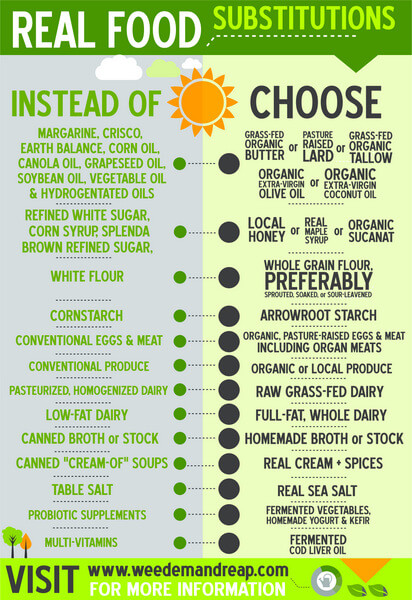Healthy Eating Made Simple
Ever wonder why you crave a certain food, or whether what you’re eating is beneficial or detrimental to your health? We know our health and well-being is directly related to our diet, but it’s easy to put those thoughts on ignore when we’re craving fries or Ben & Jerry’s. Visuals to the rescue! Here are 7 healthy diet tips with infographics (story telling boards) to help you sort the good from the bad and create a healthy grocery list with weekly meal plans in mind.
Color code your way to a healthier you. Did you know that foods containing similar beneficial nutrients often share the same color? Yellow and green are good for eye health, red and purple are great for your heart, and white foods help support arterial health.
Omega-3s are called essential for a reason. It’s because our bodies need them but don’t product them. While the debate continues over whether or not low-fat foods are healthier than those with full fat, experts are in agreement over Omega-3 fatty acids. Omega-3s help lower unhealthy triglyceride levels for greater heart health, reduce joint pain and stiffness due to rheumatoid arthritis, and aid in neurological growth in babies. A growing body of research suggests that Omega-3s even reduce the symptoms or instances of depression, asthma, and ADHD.
Substitutions are no substitute. Margarine, refined white sugar, white flour- these are all actually poor substitutes for far healthier foods. Unfortunately, while some of them might have roots in actual whole foods, they have been so heavily processed as to be nutritiously unrecognizable by your body. Don’t use substitutes when you can eat the real thing.
You are what you eat, it’s probably affecting your mood. What do whole grains, lean proteins, and dark leafy greens have in common? They happen to top the list of foods that might prevent or reduce the symptoms of depression. The link between diet and mental health continues to be a focus of study, with folic acid, B12, selenium, and antioxidants front and center.
Fresh fruits promotes health at the cellular level. Largely found in fresh fresh fruits and vegetables, antioxidants counteract, and sometimes prevent, the oxidation of cells that results in their decay or death. Bonus: fresh fruits are naturally sweet snacks that can curb sugar cravings in a healthy way. Plus, they deliver plenty of vitamins and nutrients. Win win…win!
Feeling bad about that Happy Meal? You’ll probably end up feeling even worse later. Eating a lot of sugary and high fat foods can have a negative impact on your immune system, leaving your body open to illness. Learn what foods to avoid, and replace them with nutritious, whole food options.
Superfoods, fact or myth? FACT! Superfoods really do exist, and you could be eating them right now! A superfood is defined as being dense in health-promoting nutrients without a lot of calories, and their benefits have been deemed legit by the experts. Dig in!










![Fruit For Health [INFOGRAPHIC]](https://www.naturalhealthyconcepts.com/mm5/graphics/00000001/infographic-fruit-for-health.jpg)

